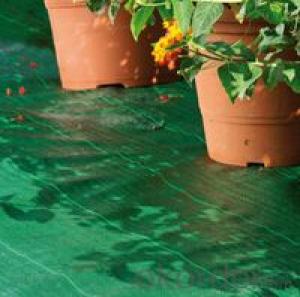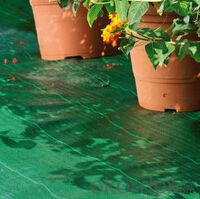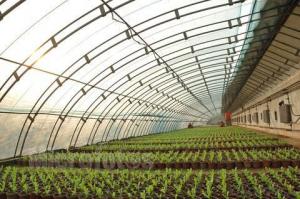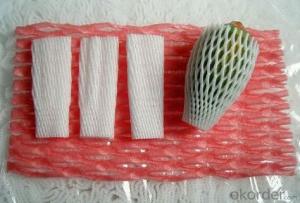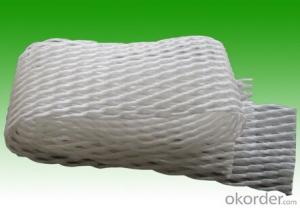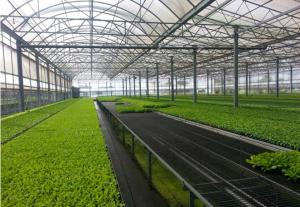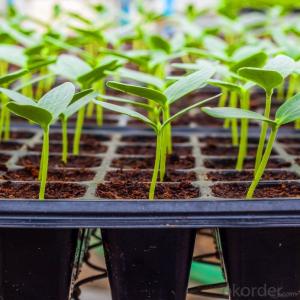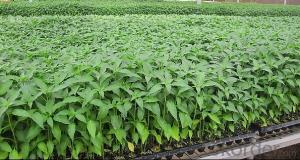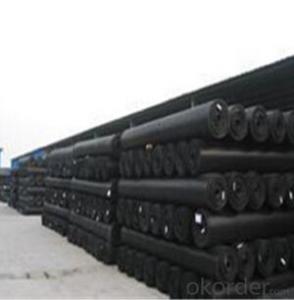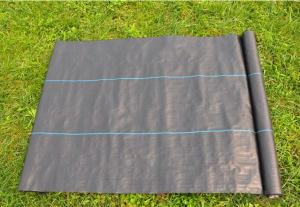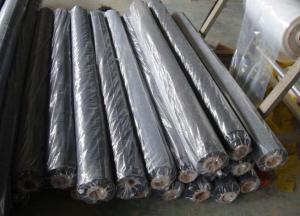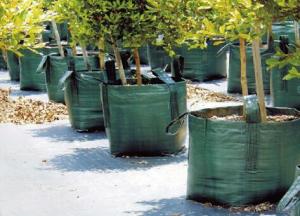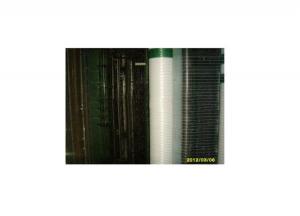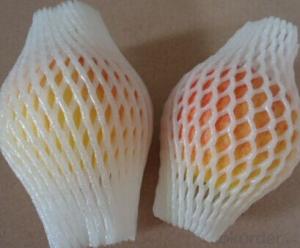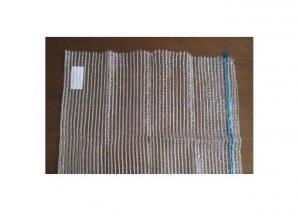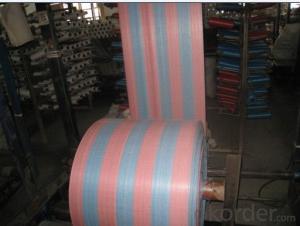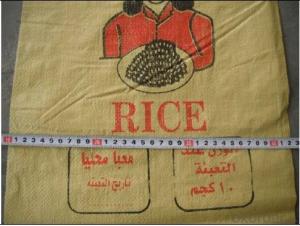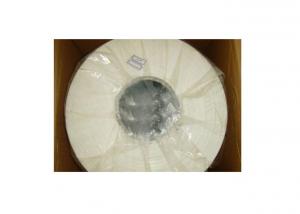Green PP woven weed mat
OKorder Service Pledge
OKorder Financial Service
You Might Also Like
Specification :
1) Fabric quality
-Weaving Condition (mesh weft x warp/ sq.inch) : 7x7, 8x8, 10x8, 10x10, 12x12,14x14,16x16
-Weight : 55gram/sq.m~ 250gram/sq.m
2) All four edges are reinforced by P.P rope in hem
3) Aluminum eyelet at every 1meter (1yard or 3feet) interval
4) Each piece in a polybag with your leaflet (or Size sticker)
5) Special treatment : U.V., F.R. / Brass Eyelet, Plastic Eyelet also available
Color : Any color available
Packing : Carton Box packing or Bale packing
Available use :
General Cover, Construction and Equipment Cover, Covers for open-stored goods,
Covers for trucks/automobiles/boat, Lining materials for storage tanks and containers,
Lining material for irrigation Canals and grain silos, Machinery Cover, Tents, Picnic mats,
Covers for Swimming Pools and Garden Furniture etc.
All of different specifications of PP/PE tarpaulin are available.
- Q: What is the insulation value of nursery trays?
- The insulation value of nursery trays can vary depending on the material they are made of. However, in general, nursery trays provide a minimal insulation value as their primary purpose is to hold and transport plants rather than to provide thermal insulation.
- Q: How do you divide ground cover plants?
- To divide ground cover plants, you first need to dig up the clump or mat of plants from the ground. Then, gently separate the individual plants or sections from each other, ensuring that each section has enough roots attached. Finally, replant the divided sections in desired areas, making sure to water them well to promote healthy growth.
- Q: What are the benefits of using ground cover in landscaping?
- Using ground cover in landscaping offers several benefits. Firstly, it helps to prevent soil erosion by holding the soil in place, especially on slopes or areas prone to runoff. This is crucial for maintaining the stability and health of the landscape. Secondly, ground cover acts as a natural weed suppressant, reducing the need for excessive herbicide use and manual weeding. It also helps to conserve moisture in the soil, reducing the frequency of watering, and promoting the growth of other plants nearby. Additionally, ground cover provides habitat and food sources for various beneficial insects and pollinators, contributing to a more sustainable and balanced ecosystem. Lastly, ground cover can enhance the aesthetic appeal of a landscape, adding texture, color, and visual interest to the overall design.
- Q: Are there any educational resources available on agricultural plastic products?
- Yes, there are several educational resources available on agricultural plastic products. These resources provide information on the use, benefits, and environmental impacts of plastic in agriculture. They also discuss proper disposal and recycling methods for agricultural plastics. Some of these resources include online articles, research papers, webinars, and educational videos provided by agricultural organizations, universities, and government agencies.
- Q: How are plastic tree shelters used in agriculture?
- Plastic tree shelters are used in agriculture to protect young trees from various environmental factors such as wind, frost, herbivores, and excessive sunlight. These shelters provide a controlled microclimate that promotes healthy tree growth by reducing stress and enhancing survival rates. Additionally, they also offer a physical barrier, preventing damage caused by animals and herbicides.
- Q: How do I choose the right ground cover for my garden?
- Choosing the right ground cover for your garden involves considering several factors such as the amount of sun or shade the area receives, soil conditions, climate, maintenance requirements, and desired aesthetic. It's important to select ground covers that are well-suited to your specific garden conditions and meet your expectations in terms of appearance and functionality. Conducting thorough research, seeking advice from local gardening experts, and considering your personal preferences will help you make an informed decision and find the ideal ground cover for your garden.
- Q: what is in common with crude oil separation and the production of plastics.
- Carbon. Carbon is in common with crude oil and plastics. Crude oil is the feedstock for the plastics industry, as well as the pharmaceutical industry, not to mention the fuels industry. Carbon is found in crude oil and carbon is literally the backbone of plastics. Plastics exist because carbon atoms can bond with themselves to make long chains of carbon atoms which are necessary for the production of plastic.
- Q: Why do plastic bottles have that ribbed shape?
- The clever designers of plastic items know where to provide ribbing to strengthen the bottles so that they have the maximum strength without needing to use more material to make the bottle. Without the ribs and the pushed-in bottom the sides and the bottom would bulge outward from the pressure of the liquid inside.
- Q: What are the benefits of using agricultural plastic?
- Agricultural plastic offers numerous benefits in modern farming practices. It helps to increase crop yield and quality by creating a controlled environment that protects plants from extreme weather conditions, pests, and diseases. The plastic films also aid in conserving water by reducing evaporation and improving irrigation efficiency. Additionally, using agricultural plastic can extend the growing season, allowing farmers to cultivate crops in regions with shorter growing periods. Moreover, it facilitates weed control and reduces the need for herbicides, leading to cost savings and a more sustainable approach to farming.
- Q: Can agricultural plastic be used for plant support and trellising?
- Yes, agricultural plastic can be used for plant support and trellising. Agricultural plastic materials like trellis netting, plant ties, and plastic stakes are commonly used to provide support and structure to plants, especially in vineyards, orchards, and vegetable gardens. These materials are lightweight, durable, and flexible, making them ideal for creating trellises and supporting the growth of plants.
Send your message to us
Green PP woven weed mat
OKorder Service Pledge
OKorder Financial Service
Similar products
Hot products
Hot Searches
Related keywords
